Eco-Friendly Pet Care: Reducing Your Pet’s Environmental Footprint

As pet owners, we are responsible for the well-being of our furry friends. However, this responsibility extends beyond just their health and happiness; it also includes their impact on the environment.
Just like humans, pets contribute to the planet’s ecological footprint through waste, resource consumption, and production.
The good news is that by making conscious, eco-friendly choices in how we care for our pets, we can significantly reduce their environmental impact.
In this article, we’ll explore sustainable pet care practices and how small changes can make a big difference in reducing your pet's ecological footprint.
Understanding the Environmental Impact of Pets
Pets, particularly dogs and cats, have a larger environmental footprint than many of us realize. Their food, toys, bedding, and daily care routines all consume resources and generate waste.
For instance, pet food production requires significant agricultural resources, and pet waste contributes to pollution when not properly managed.
In fact, studies have shown that pets in the United States alone are responsible for generating millions of tons of waste each year, not to mention the carbon footprint of producing pet products and food.
However, by being mindful of the choices we make, we can help reduce our pets' impact on the planet.
 Eco-Friendly Pet Food Choices
Eco-Friendly Pet Food Choices
One of the most significant areas where pets impact the environment is through their food. The production of pet food requires large amounts of land, water, and energy, not to mention the emissions associated with animal agriculture.
Fortunately, there are several ways to make your pet’s diet more sustainable.
Opt for Sustainable Pet Food Brands
Look for pet food brands that prioritize sustainability in their sourcing and production processes. Many companies are now focusing on using locally sourced ingredients, reducing packaging waste, and adopting ethical practices in sourcing animal products.
Choose pet food that is made from responsibly raised animals or plant-based ingredients to lower your pet’s carbon footprint.
Some brands are also offering insect-based proteins for pets, which is a more sustainable alternative to traditional meat sources. Insects require far fewer resources to raise and produce, making them an eco-friendly option.
Reduce Food Waste
Pet food waste is another area where we can make an impact. Many pet owners overfeed their pets or throw away leftover food. To reduce food waste:
Measure your pet’s meals to avoid excess food.
Store leftovers properly and use them in the next feeding.
Compost pet food scraps where possible, ensuring they break down in an environmentally friendly way.
 Consider Homemade Pet Food
Consider Homemade Pet Food
If feasible, making homemade pet food can be a more sustainable option. When prepared correctly, homemade pet food can reduce packaging waste and allow you to use local, organic ingredients.
Be sure to consult with your veterinarian to ensure that your pet’s diet is balanced and meets all their nutritional needs.
Eco-Friendly Pet Waste Management
Pets produce waste every day, and how we manage that waste is crucial for reducing our environmental footprint. Improper disposal of pet waste can lead to pollution and contamination of water sources. Here are some ways to manage your pet’s waste in an eco-friendly manner:
Use Biodegradable Waste Bags
Instead of using plastic waste bags, opt for biodegradable dog poop bags. These bags break down much faster than traditional plastic bags, reducing their impact on landfills.
Look for bags made from materials like cornstarch or PLA (polylactic acid) that are compostable and safe for the environment.
 Compost Pet Waste (For Some Types of Pets)
Compost Pet Waste (For Some Types of Pets)
If you have a garden, you can compost certain pet waste, such as dog waste (using a special composting system designed for pet waste). This can reduce the environmental impact of sending it to a landfill.
Be sure to research proper methods to compost pet waste to avoid contamination.
For cat litter, many options are now available that are biodegradable and made from natural materials like corn, wheat, or clay, which can be composted or disposed of more sustainably.
Avoid using traditional clay-based cat litter, as it is typically non-biodegradable and requires mining, which has a significant environmental impact.
Clean Up Efficiently
For cleaning up after pets, choose eco-friendly cleaning products that are free from harsh chemicals and toxins. These products are better for both the environment and your pet’s health.
Sustainable Pet Products and Accessories
Pets require toys, bedding, and other accessories that can contribute to waste if not chosen thoughtfully. Fortunately, there are now many sustainable alternatives for common pet products.
 Eco-Friendly Pet Toys
Eco-Friendly Pet Toys
Many traditional pet toys are made from plastic or non-recyclable materials, contributing to waste. Opt for sustainable toys made from organic cotton, hemp, or natural rubber. These materials are durable, non-toxic, and can be recycled or composted.
Some companies also offer recycled pet toys made from upcycled materials like plastic bottles or fabric scraps, reducing the need for virgin resources. These toys are not only eco-friendly but also often come in fun, innovative designs.
Sustainable Bedding
Instead of synthetic, non-biodegradable bedding, choose eco-friendly pet beds made from natural or recycled materials like organic cotton, hemp, or recycled fabrics.
These options are better for the planet and provide a comfortable sleeping environment for your pet.
Additionally, some brands offer bedding made from recycled plastic bottles, which diverts waste from landfills and gives new life to old materials.
Recyclable and Compostable Cat Litter
As mentioned earlier, consider using biodegradable cat litter made from natural, sustainable materials like wheat, corn, or paper.
These types of litter can be composted and break down naturally, unlike traditional clay-based litters, which have a negative environmental impact.
 Eco-Friendly Pet Care Products
Eco-Friendly Pet Care Products
Beyond food and waste management, there are several other eco-friendly pet care options to consider:
Natural Grooming Products
Use natural, non-toxic grooming products for your pet, such as shampoos, conditioners, and flea treatments that don’t contain harmful chemicals. Many pet brands now offer organic and biodegradable grooming products made from plant-based ingredients.
Recyclable or Reusable Items
Look for recyclable or reusable items like pet food containers, water bowls, and travel accessories. For example, opting for stainless steel or ceramic bowls instead of plastic can reduce waste and help prevent chemicals from leaching into your pet’s food or water.
Secondhand Pet Items
Consider purchasing secondhand pet supplies or upcycled pet products. This is a great way to reduce waste and give old items a new life. You can find gently used pet items like bedding, toys, and crates at thrift stores, online marketplaces, or pet consignment shops.
Small Changes for a Big Impact in Eco-Friendly Pet Care
Reducing your pet’s environmental footprint doesn’t have to be complicated. By making thoughtful, sustainable choices in areas like pet food, waste management, and the products you purchase, you can significantly lower your pet’s impact on the planet.
Eco-friendly pet care not only helps the environment but also promotes a healthier and safer world for your pet. By adopting these simple practices, you’ll not only care for your pet but also for the planet they live on.
With a little mindfulness and creativity, every pet owner can play a part in making the world a greener place.
Did you find this post useful or inspiring? Save THIS PIN to your PETS Board on Pinterest!
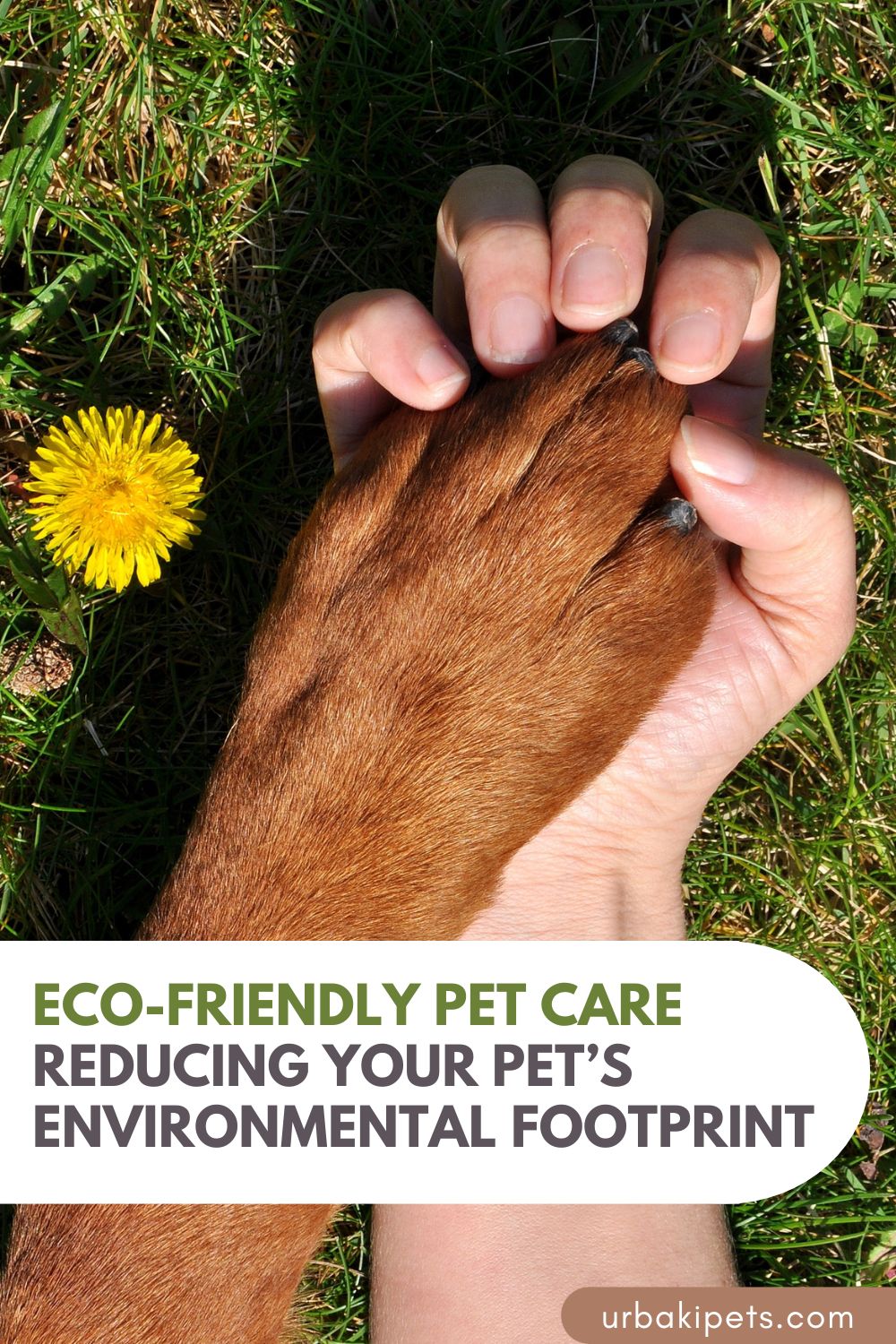

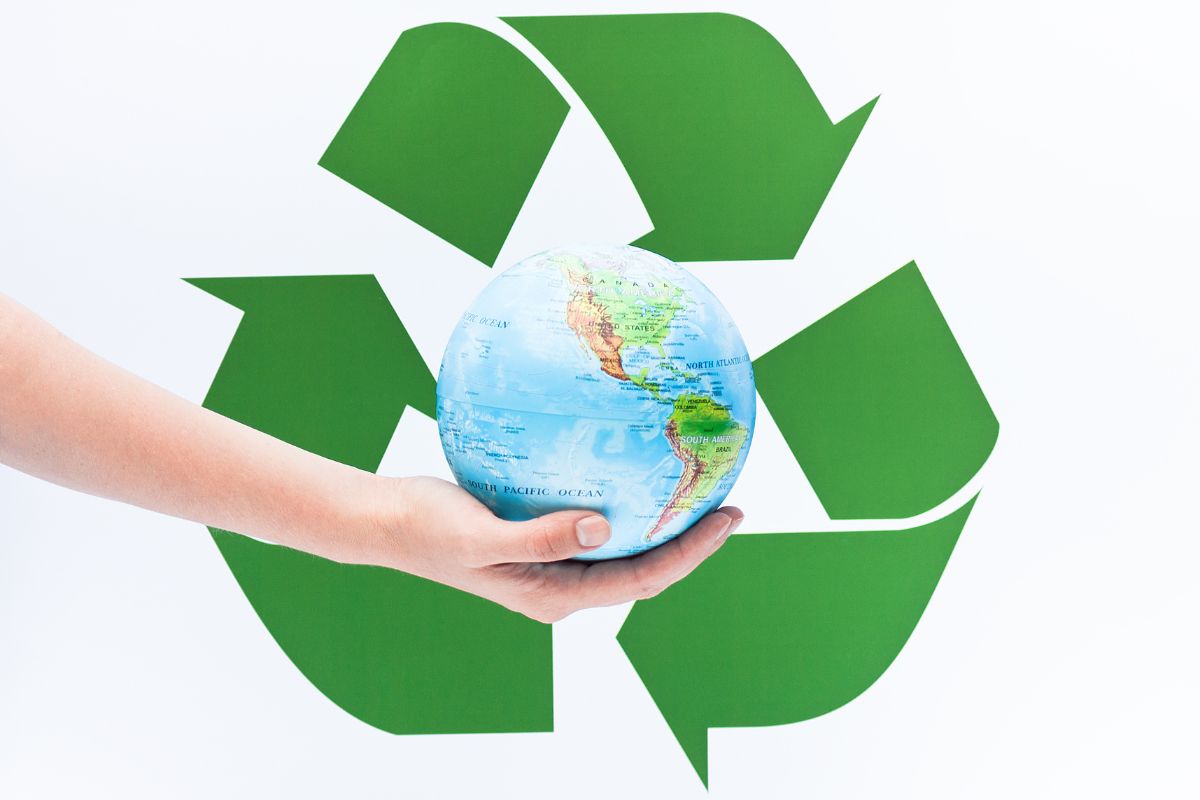 Eco-Friendly Pet Food Choices
Eco-Friendly Pet Food Choices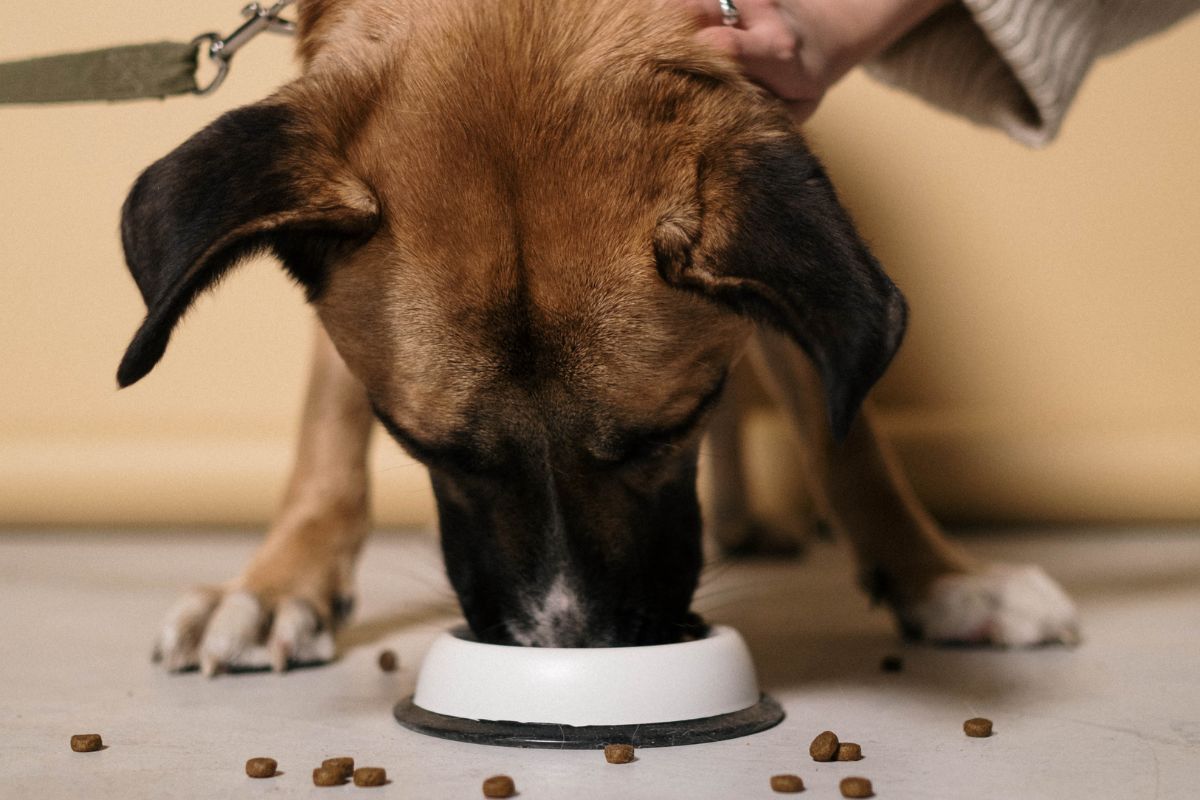 Consider Homemade Pet Food
Consider Homemade Pet Food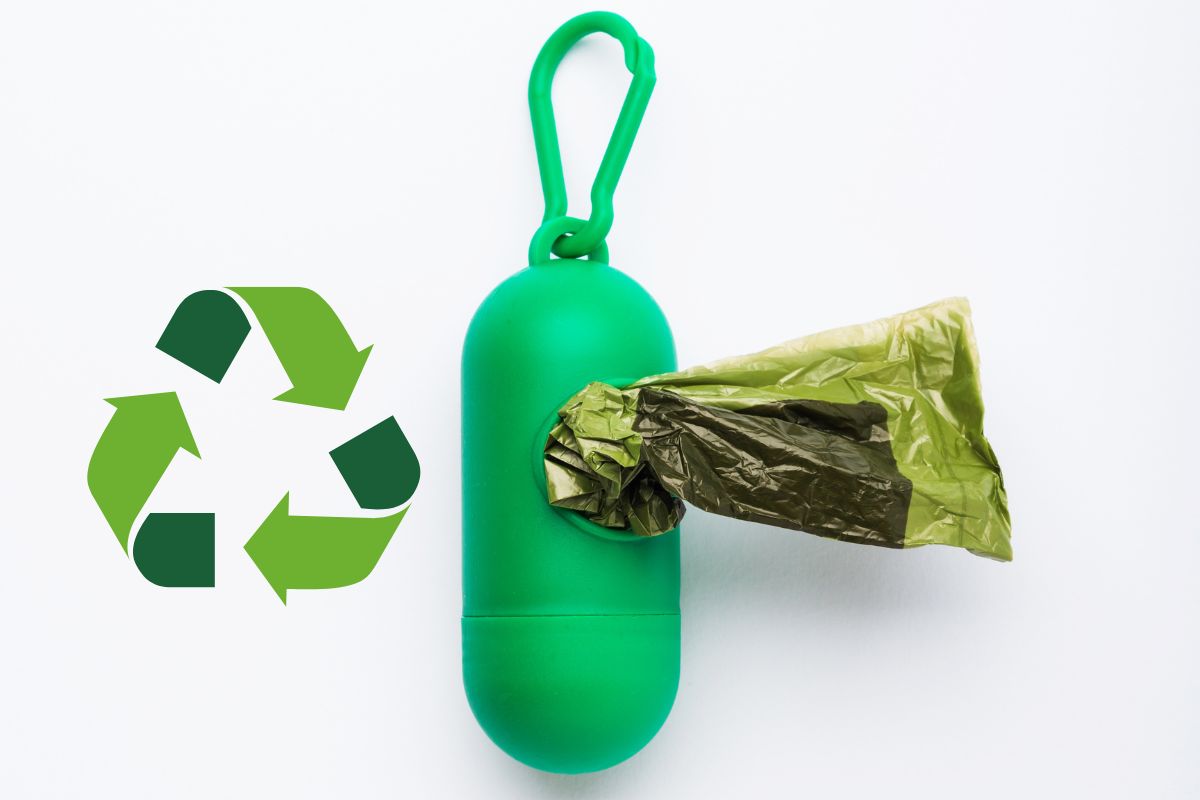 Compost Pet Waste (For Some Types of Pets)
Compost Pet Waste (For Some Types of Pets)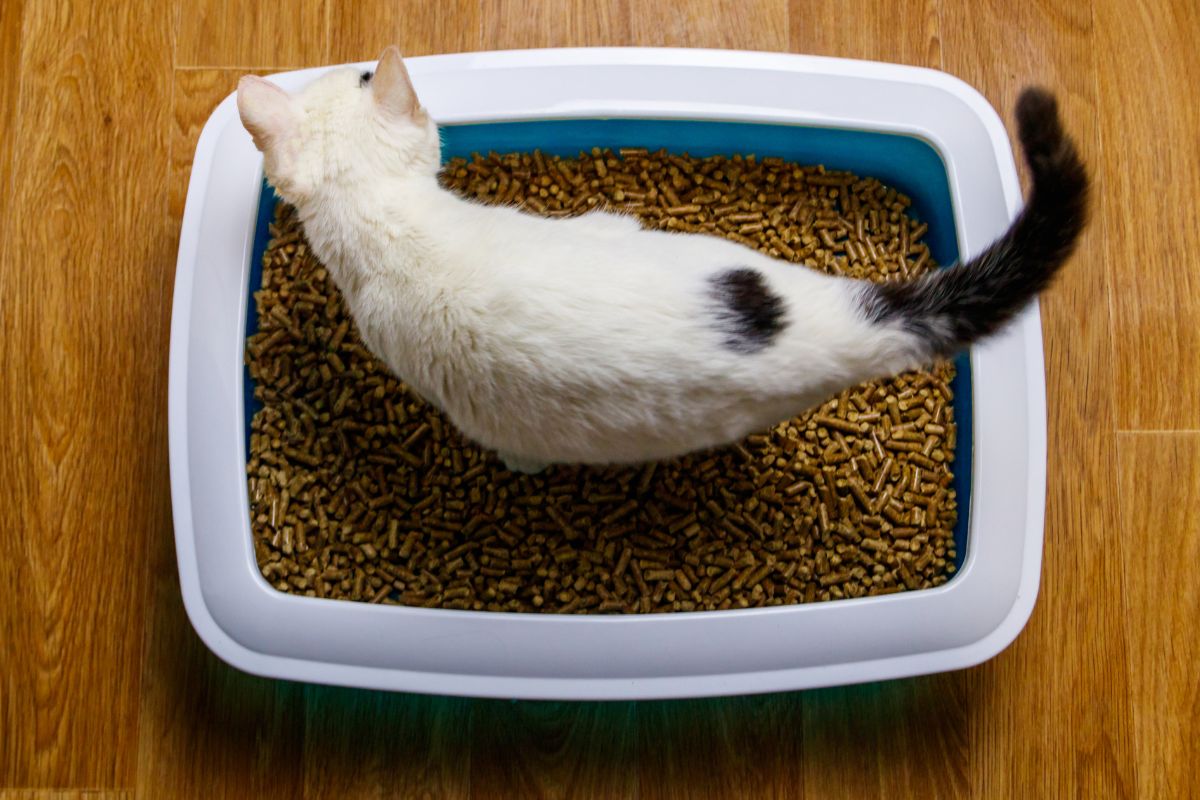 Eco-Friendly Pet Toys
Eco-Friendly Pet Toys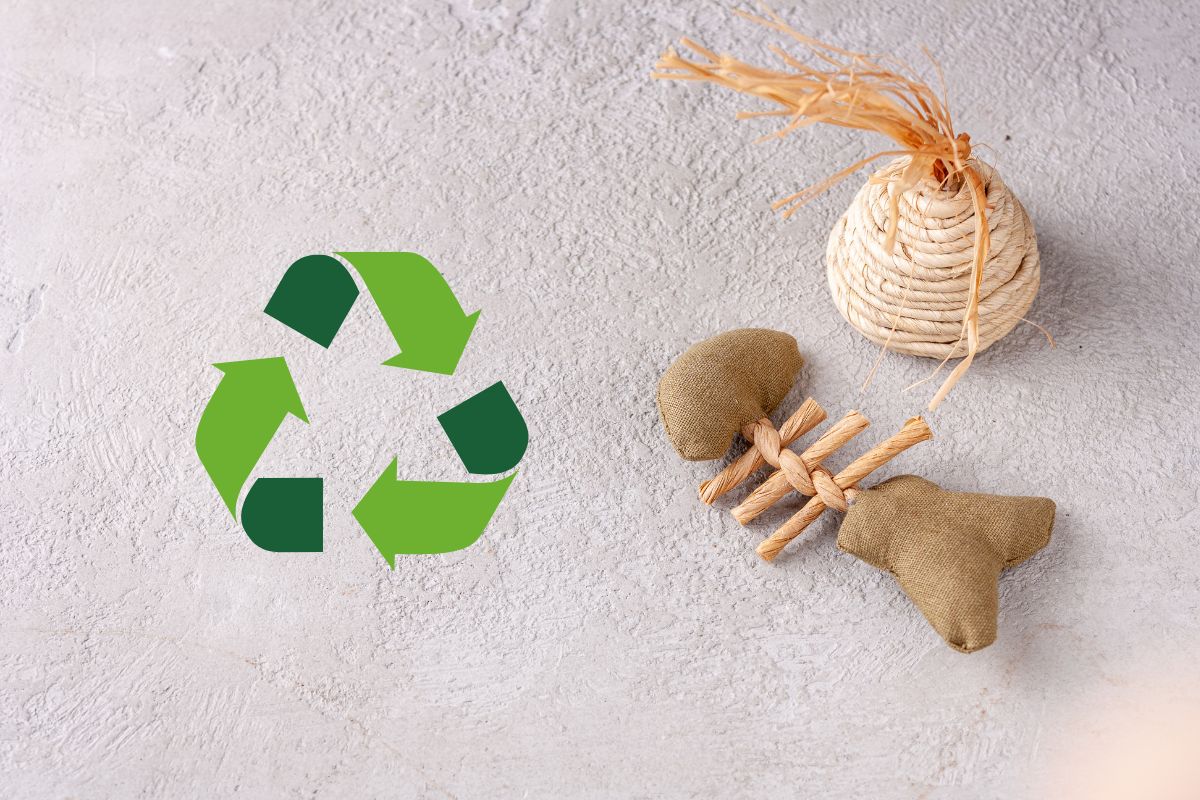 Eco-Friendly Pet Care Products
Eco-Friendly Pet Care Products
You may also like